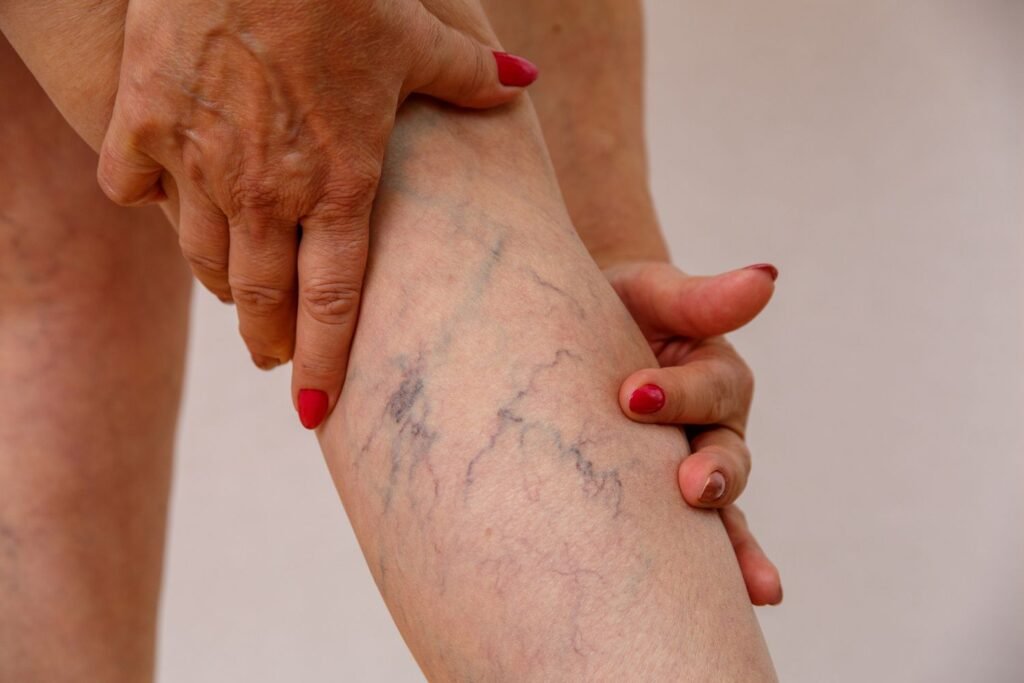Varicose veins are a prevalent problem that impacts numerous individuals, resulting in discomfort, pain, and aesthetic worries. In the past, varicose vein treatment required invasive surgeries, but medical advancements have now introduced less invasive methods. These contemporary treatments bring many advantages, such as decreased pain, quicker recovery periods, and enhanced results.
What Are Varicose Veins?
Varicose veins are enlarged, knotted veins that can be seen close to the skin’s surface. Leg varicose veins are most frequently seen and can lead to symptoms like pain, heaviness, swelling, and itching. Without intervention, varicose veins can result in more severe health problems like ulcers and blood clots.
Minimally Invasive Treatment Option
Endovenous Laser Ablation (EVLA)
EVLA is a procedure that is minimally invasive and involves using laser energy to seal the affected vein. A slender laser fiber is placed inside the vein and laser energy is used to make the vein collapse and close. This therapy is greatly efficient and provides a quicker healing period than conventional surgery.
Radiofrequency Ablation (RFA)
RFA is a procedure that uses radiofrequency energy to heat and seal off the diseased vein. A thin catheter is inserted into the vein, and radiofrequency energy is applied, causing the vein to close. RFA is a minimally invasive treatment with a high success rate and rapid recovery.
Compression Therapy
Compression stockings or socks are often recommended as a conservative treatment option for varicose veins. These specially designed garments apply pressure to the legs, improving blood flow and reducing discomfort.
Sclerotherapy
Sclerotherapy is an option for treating varicose and spider veins without surgery. A liquid is inserted into the impacted vein, leading to its collapse and eventual disappearance. Sclerotherapy is commonly utilized for treating smaller varicose veins as well as spider veins.
Ambulatory Phlebectomy
Ambulatory phlebectomy is a surgical procedure that involves removing varicose veins through small incisions in the skin. It is typically performed under local anesthesia and is suitable for larger varicose veins that cannot be treated with other methods.
What are the reasons for selecting minimally invasive methods?
- Minimally invasive procedures for treating varicose veins provide a number of important advantages when compared to traditional surgical techniques:
- Less pain and discomfort: These methods cause less pain and require smaller cuts, resulting in faster and more pleasant healing processes.
- Patients can return to their regular activities more quickly following surgery compared to traditional methods.
- Reduced Complication Risk: Minimally invasive procedures carry a decreased risk of infection, bleeding, and other complications.
- Improved aesthetic results: These methods lead to reduced scarring and enhanced cosmetic appearance.
How to Get Started?
For those seeking relief from varicose veins, minimally invasive treatments provide a safe, effective, and convenient solution. At The Vascular Center, we specialize in these advanced techniques, providing exceptional care and expertise to help you achieve relief and improved quality of life. Whether you are in Mumbai, Pune, Aurangabad, Thane, Nagpur, or Mangalore, you can rely on our team of experts for the best varicose vein treatment.
For more information or to schedule a consultation, contact The Vascular Center today and take the first step towards healthier, more comfortable legs.

